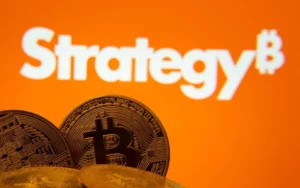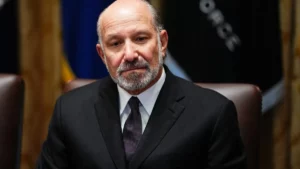
Title: US Bitcoin Policy Takes Shape: National Reserve Plan and State Treasury Bills
The United States government is moving to adopt a comprehensive Bitcoin strategy by proposing the creation of a national reserve of 1 million BTC, as well as state-level treasury initiatives. This significant shift in policy comes with the support of both Senator Lummis and President-elect Donald Trump’s administration.
Senator Lummis has recently introduced the BITCOIN Act, which aims to establish a Strategic Bitcoin Reserve that will acquire 1 million BTC over a period of five years. The proposed reserve would operate through a network of secure storage vaults and purchase programs. To fund this initiative, existing Federal Reserve assets such as bonds and gold would be reallocated.
It is noteworthy that the US government already holds an estimated $21 billion in Bitcoin, primarily from seized criminal assets. If the legislation passes, these holdings could potentially be integrated into the strategic reserve, further expanding the government’s involvement in the digital asset space.
As a testament to the growing importance of cryptocurrency regulation and adoption, President-elect Trump has appointed David Sacks as his “Crypto Czar.” This move marks a significant shift towards establishing clear regulations for the industry, which is expected to promote growth and stability.
The timing of these initiatives coincides with Bitcoin’s recent price surge, surpassing $100,000 for the first time. The attention garnered by this milestone has drawn institutional investors and government officials alike.
It appears that 2025 could be a pivotal year for Bitcoin and digital assets as Senator Lummis expressed optimism regarding the convergence of proposed policies and new government appointments. Her social media posts suggest close collaboration with Sacks on comprehensive digital asset legislation.
The federal government’s existing Bitcoin holdings serve as a foundation for expanded involvement in the digital asset space, even before the proposed strategic reserve.
Source: blockonomi.com


